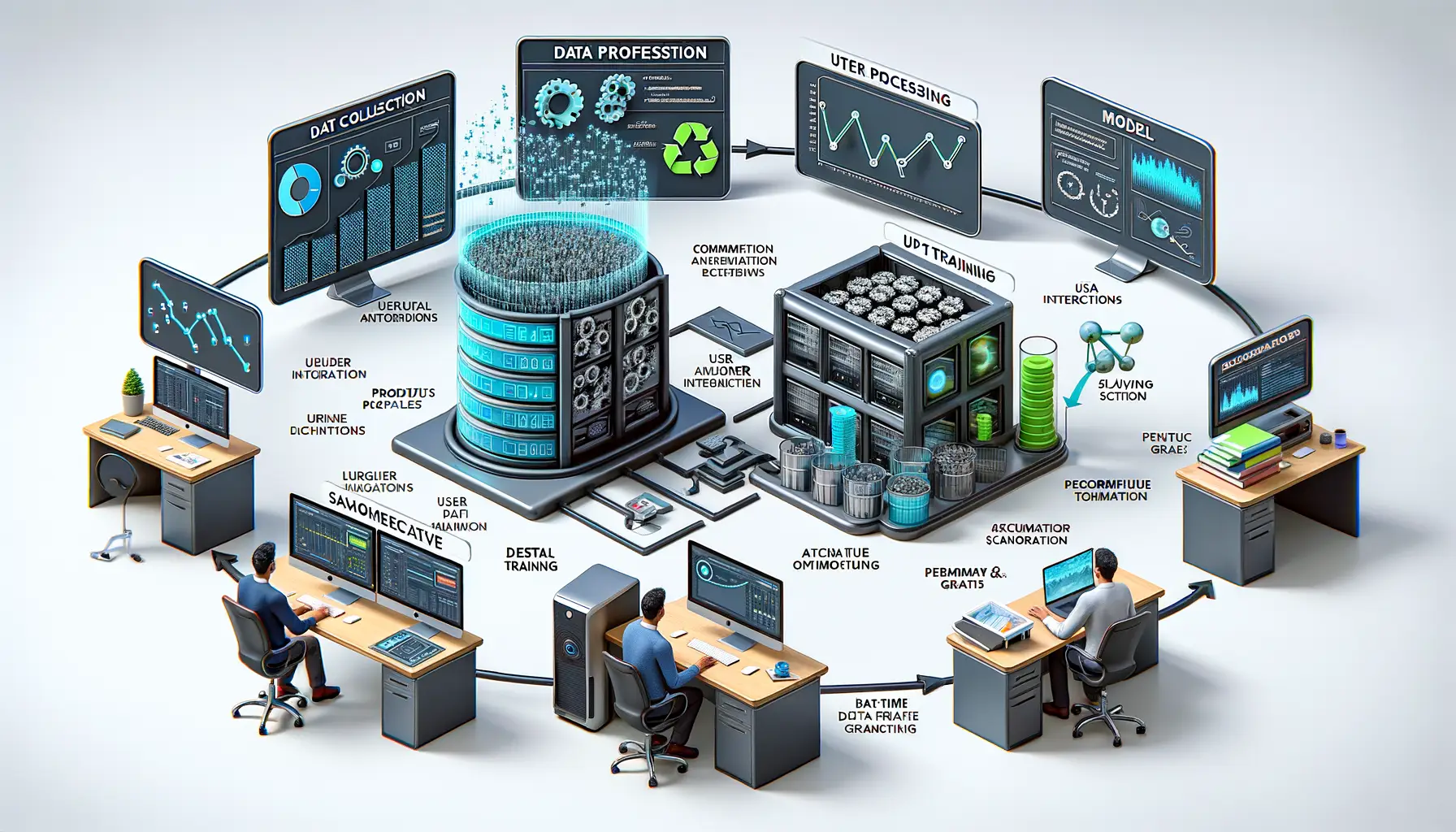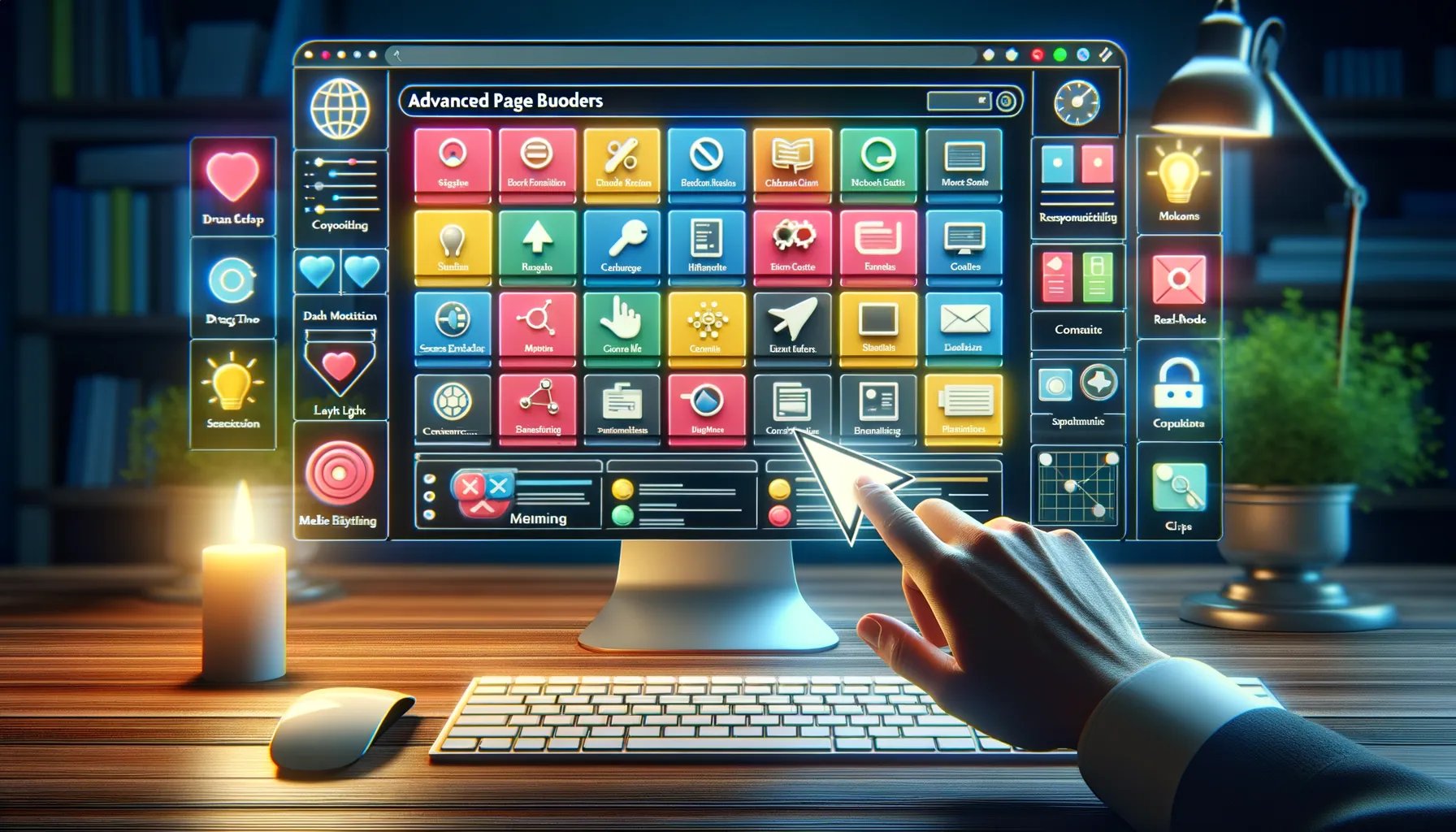Understanding the Importance of a Local Environment for WordPress
Imagine having a safe, secluded playground where you can build, tweak, and experiment with your WordPress site without the fear of breaking anything on your live website. That’s exactly what a local environment offers. It’s like your personal workshop—no judgment, no prying eyes, just you and your creative process. Sounds like a dream for every WordPress developer, right?
Why a Local Environment Feels Like Home for Developers
A local environment gives you the freedom to make mistakes and learn in real time. You can try out new plugins, modify themes, tweak CSS layouts, or test updates without the risk of bringing down your live site—that dreaded “white screen of death”? Yep, not an issue here. You’re offline, you’re untouchable.
Plus, the speed! Unlike online servers, local environments run directly on your machine. No lag, no waiting for the server to catch up. Just instant results that save you hours of frustration.
The Real Perks? Think of These Scenarios
- Cost-free experimentation: There’s no need to pay for hosting or worry about bandwidth limits.
- Zero downtime risks: Your live audience won’t even notice if something breaks while testing.
- Total control: Configure your setup exactly how you want it—with custom server settings, PHP versions, or databases.
In short, a local development environment is your sandbox of possibilities. It’s where ideas go from fleeting thoughts to functional masterpieces—all with zero pressure.
Tools and Software Required for Setting Up a Local Environment
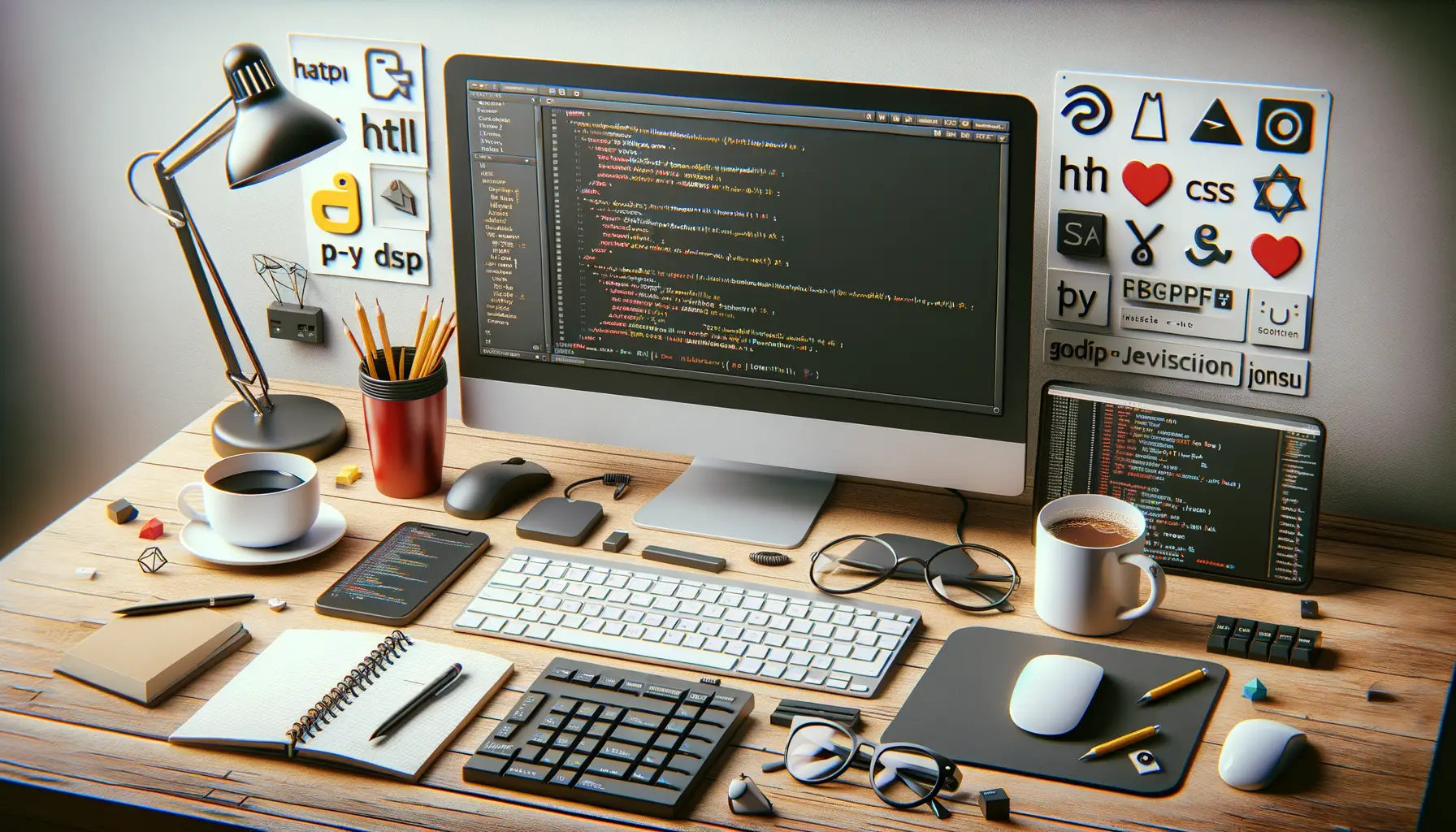
Essential Gear for Your Local WordPress Playground
Ready to set up your local WordPress environment? Think of it as building a cozy workshop for your ideas—every great builder needs the right tools. Let’s unpack the essentials you’ll need to get started.
First off, you’ll need a local server software. This acts as your digital construction site, hosting your WordPress installation on your computer. Popular choices include:
- XAMPP: A cross-platform champ offering Apache, MySQL, PHP, and Perl all in one go.
- MAMP: Perfect for Mac lovers who enjoy that seamless Apple-esque experience.
- Local by Flywheel: The friendly option with an intuitive interface for WordPress beginners and pros alike.
Beyond this, grab a code editor—your creative canvas for tweaking WordPress files. A favorite choice is Visual Studio Code, with its magical extensions like PHP IntelliSense. Or perhaps you fancy the old reliable, Sublime Text, for its snappy speed and simplicity.
Oh, don’t forget your database tool to peek into WordPress’s brain. Use phpMyAdmin, or try TablePlus for a modern, streamlined approach. With the right gear in your hands, WordPress magic is just a few clicks away!
Step-by-Step Guide to Install and Configure Local Server
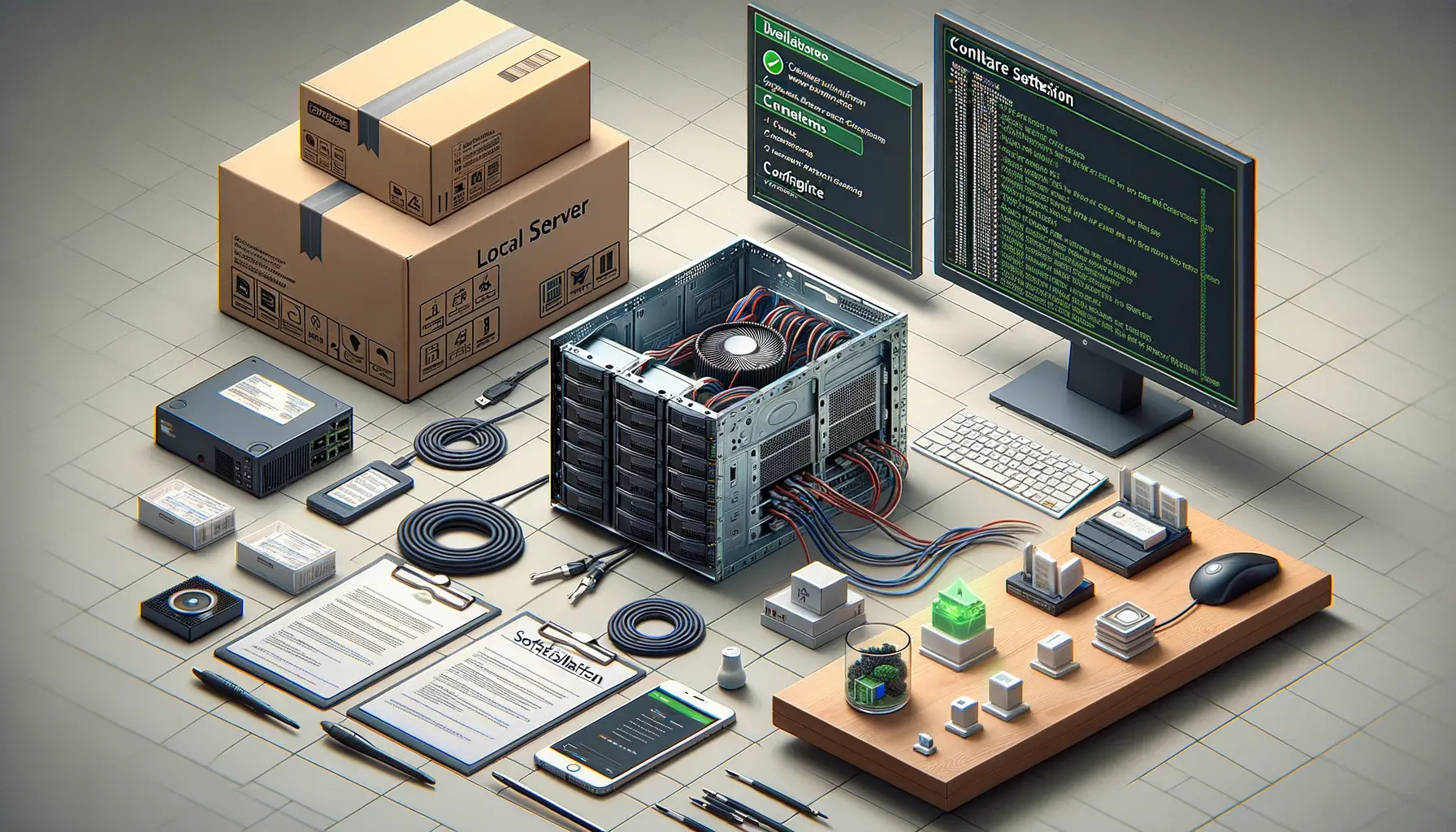
Your Local Server is the Heartbeat of WordPress Development
Let’s face it—setting up a local server can feel like trying to read a map in a foreign language. But the good news? It’s simpler than it seems, and once you nail it, your development game will soar. Think of the local server as your WordPress “sandbox,” where you can experiment, break things, and glue them back together without affecting the live site.
Here’s how to get that sandbox up and running:
- Choose your flavor: Download a local server tool like XAMPP, MAMP, or Local by Flywheel. They’re like different ice cream brands—pick the one that suits your taste. Windows user? Opt for XAMPP. Mac enthusiast? MAMP might be your jam.
- Install the software: Run the installer, follow the prompts, and watch as your local server dreams come alive. It’s like baking a cake—dry ingredients (Apache, MySQL, PHP) bundled into one sweet package.
- Create a database: Open the server dashboard and spin up a new database using phpMyAdmin or an equivalent tool. It’s your blank canvas for WordPress!
Fine-Tuning Your Local Setup for Smooth Sailing
Now comes the fun part—configuring WordPress:
1. Drop the freshly downloaded WordPress files into your server’s root directory (usually something like `/htdocs/` or `/www/`).
2. Open the magical `wp-config.php` file. Here, plug in your database credentials (name, username, password). Don’t sweat it—this step feels scarier than it actually is.
Once everything clicks into place, visit `http://localhost` in your browser. Bam! You’ve got a WordPress installation running locally.
Troubleshooting Common Issues in Local WordPress Development
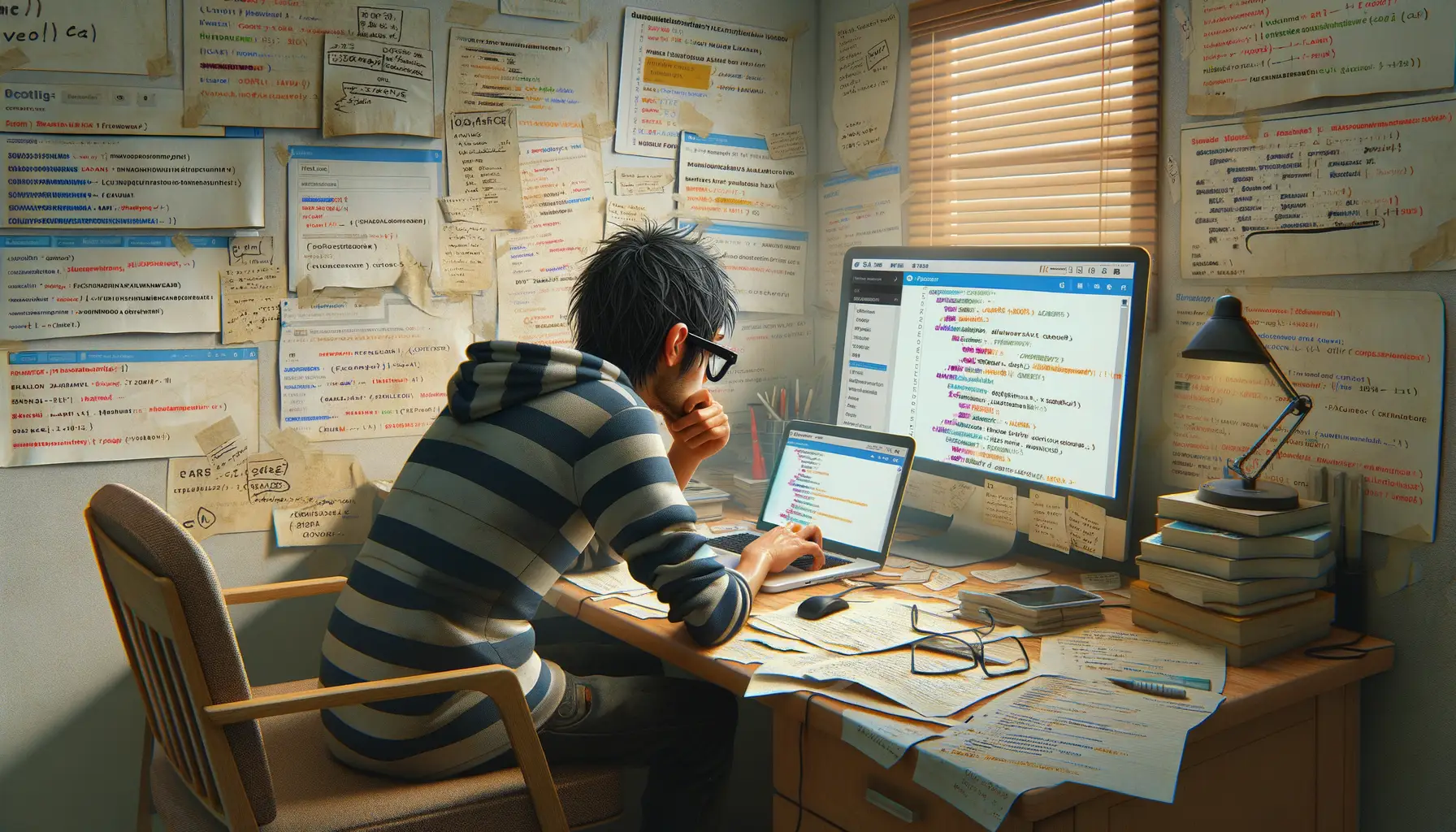
When WordPress Goes Rogue: Debugging Local Development Issues
You’ve set up your local WordPress environment, feeling like a tech wizard, only to be greeted by a blank white screen or cryptic error messages. Sound familiar? Don’t let frustration win—here’s how to untangle those knots in your local setup.
1. The “White Screen of Death”: Picture this: you load your site, and it’s just… a sea of emptiness. This often happens due to PHP errors. Check your wp-config.php file and enable WP_DEBUG. Once activated, it’ll spill the beans on what’s going wrong.
2. Database Connection Drama: Seeing “Error establishing a database connection”? Double-check that your MySQL username, password, and database name in the wp-config.php file match what you set during server configuration. One mismatch, and the whole thing falls flat.
3. Theme or Plugin Mischief: Sometimes, that flashy new plugin or custom-built theme is the culprit. Disable plugins selectively and switch to a default theme (like Twenty Twenty-Three). If your site magically reappears, you’ve caught the troublemaker.
Tackling Server Woes Like a Pro
Sometimes it’s not WordPress but your server itself acting up. Here’s what to watch for:
- Port Conflicts: If Apache or Nginx won’t start, another app might already be using the ports (looking at you, Skype!). Change the port settings in your local server tool.
- PHP Version Issues: Running an outdated or unsupported PHP version? Update it. WordPress is picky about this one!
Remember: patience turns these challenges into stepping stones. Happy debugging!
Best Practices for Optimizing Your Local Development Setup

Streamline Your Workflow Like a Pro
You’re deep into crafting your latest masterpiece—a WordPress site destined for greatness. But what’s this? Your local setup feels… clunky. Slow page loads, chaotic folder structures, and a tangle of plugins can leave you pulling your hair out. Fear not! Optimizing your development environment is like giving your workspace a sparkling makeover—it’s all about making life smoother and more productive.
First things first: organization is your best friend. Keep your projects tidy with consistent naming conventions. Sticking to a pattern like clientname_projecttype will save you future headaches. You’ll be amazed at how much easier it is to find things when the structure isn’t a mystery!
And don’t forget, speed is king. Here are quick tips to boost performance:
- Disable unnecessary WordPress plugins—only activate what you’re actively testing.
- Run a lightweight theme or starter theme during development.
- Regularly clear your local server’s cache to avoid sluggish load times.
Supercharge Coding Efficiency
Here’s the secret sauce: integrate tools that make coding feel effortless. Install trusted editors like Visual Studio Code alongside essential extensions for debugging and code linting. These will help you spot errors faster than a hawk eyeing its prey.
Oh, and if you aren’t already using version control—stop waiting! Tools like Git bring clarity to chaos. Picture this: rolling back changes without breaking a sweat or collaborating seamlessly with other developers. That’s the magic Git delivers.
Optimize today, and watch your workflow transform into something you’ll never want to live without.






